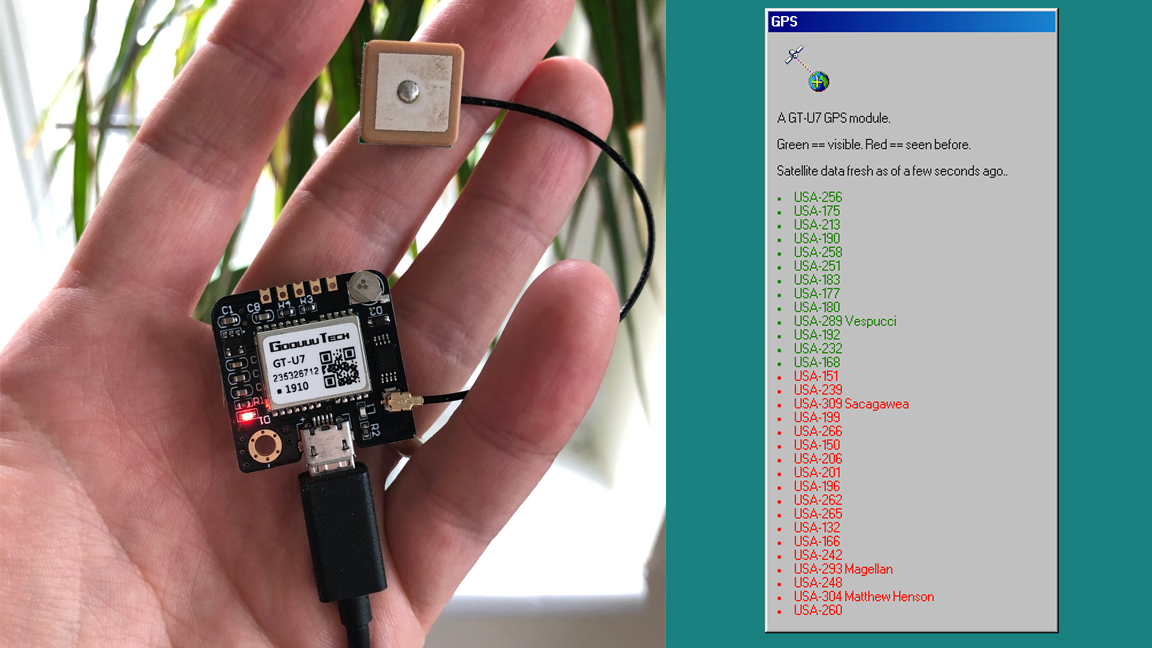When you’ve worked with the Raspberry Pi, or just microelectronics in general, for long enough, you inevitably end up with a box of spare parts and sensors. Maker Andrew Healey decided to put his box of parts to good use with this satellite detection project.
The inspiration began after receiving a GPS receiver module as a gift. The end result is a custom dashboard that outputs data in real-time with a Windows 98 themed interface. Healey created this platform with modularity in mind so components can be easily added or removed over time.
The dashboard currently relies on three major accessories: a GT-U7 GPS receiver module, an AM2302 temperature/humidity sensor as well as a POS58 receipt printer. The best Raspberry Pi projects use a slick interface and this one uses CSS to resemble the default Windows 98 theme.
On the first 24-hour test run, the GPS module managed to detect 31 individual satellites! According to Healey, about 8 to 10 satellites are usually visible at a given time. The satellite data is output to a dedicated window on the dashboard. There is also a window used just for displaying the temperature and humidity information from the AM2302 module.
The printer has a notably unique function—Healey uses it to print messages from his friend who also has a receipt printer and can receive replies.
This project is totally open source and available to anyone who has a box of components that need to be put to use. Check out the project page on Healey’s website for more details.
There’s no need to have a GPS. If you want do this a bit more easily, using cloud-based data check out our tutorial on how to track satellite fly-bys with Raspberry Pi.
